Traditional Gamilaaraay Language of the Gomeroi Nation used in this article (H. White & B. Duncan – Speaking Our Way, M. Mckemey).
The Commonwealth Environmental Water Holder’s (CEWH) Science Program funds the Flow Monitoring, Evaluation and Research (Flow–MER).
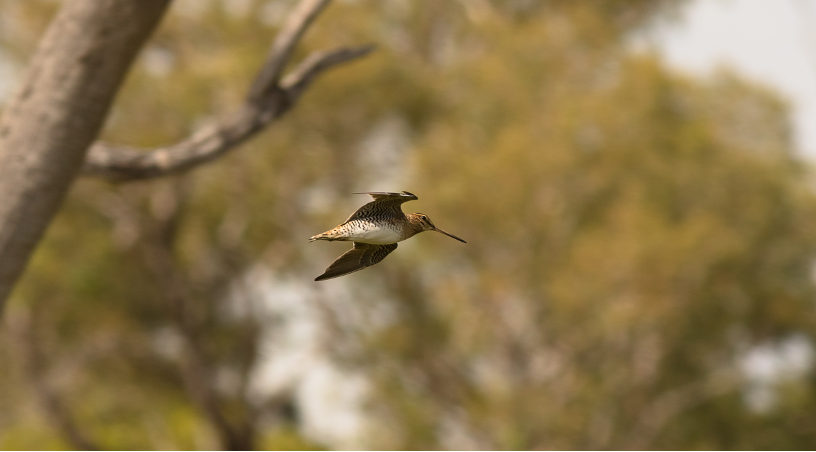
The Guwayda Warrambools (Gwydir Wetlands) are recognised as internationally important under the Ramsar convention. The warrambools provide habitat for colonial waterbirds and migratory birds as well as many native mammals including the eastern gumaay (rakali, water rat) and swamp wallaby. The listing of the wetlands under the Ramsar convention recognises their role in supporting threatened species and migratory birds. Water for the environment is delivered to improve and maintain the condition of the Guwayda Warrambools so they can continue to support these animals.
The Flow-MER project is a long-term monitoring program that tracks the effects that Commonwealth water for the environment has on the conditions of the Guwayda Warrambools. During the 2022-23 water year (July 2022 – June 2023) the Flow-MER monitoring team observed five species listed as migratory birds under the Environment Protection and Biodiversity Conservation Act 1999 and various international agreements. The team also spotted six species listed as threatened under the Biodiversity Conservation Act 2016. These species included Latham’s snipe (Gallinago hardwickii), sharp-tailed sandpiper (Calidris acuminata), glossy yuwagayrr (ibis, Threskiornithinae sp.), marsh sandpiper (Tringa stagnatilis),
little gurabi (curlew, Numenius), black falcon (Falco subniger), guwinyarri (white-bellied sea eagle, Haliaeetus leucogaster), dhawudjarrdalmu (magpie goose, Anseranas semipalmata), burraalga (brolga, Grus rubicunda), black-necked stork (Ephippiorhynchus asiaticus) and black bittern (Ixobrychus flavicollis).
| International migratory bird agreements
To conserve the migratory birds in the Asian-Australasian Flyway, Australia has entered bilateral migratory bird agreements with Japan in 1974, China in 1986 and South Korea in 2007. These agreements provide for the protection and conservation of migratory birds and their important habitats. |
The five migratory birds
Latham’s snipe (Gallinago hardwickii) breed in Japan and far eastern Russia during the northern hemisphere summer. They migrate south after breeding season, travelling across Papua New Guinea to winter in eastern Australia. They feed on seeds, other plant material and invertebrates (Figure 1).
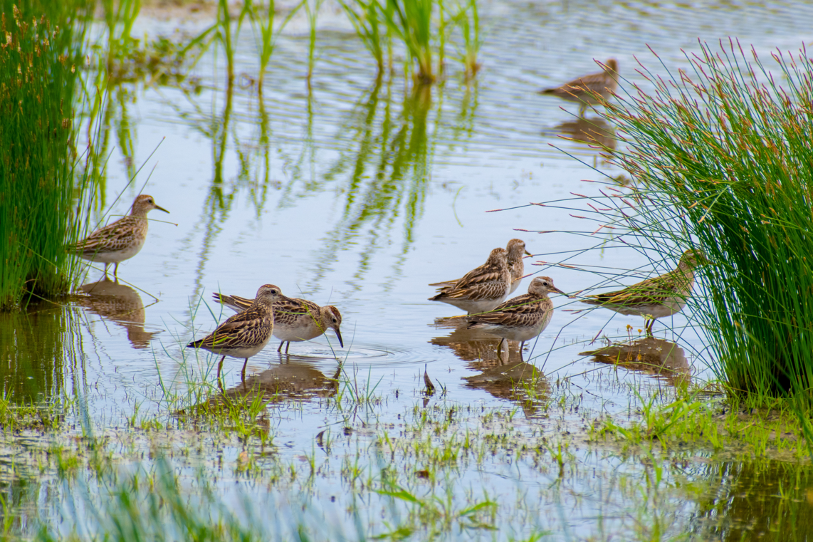
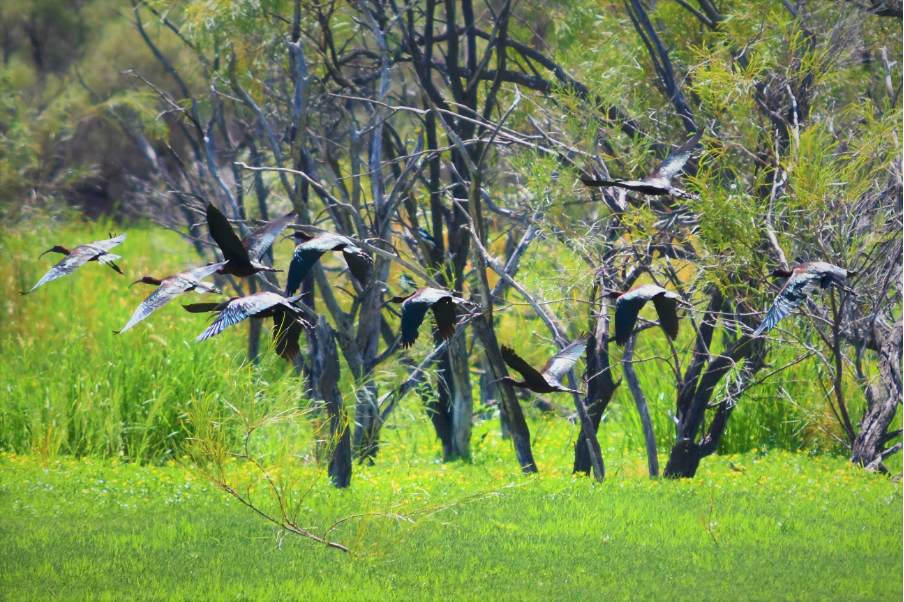
Sharp-tailed sandpiper (Calidris acuminata) breed in northern Siberia. Most of the population migrates to Australia for the non-breeding season. They forage on seeds, worms, molluscs, crustaceans and insects (Figure 2).
Glossy yuwagayrr (ibis, Plegadis falcinellus) can be found in eastern North America, the Caribbean region, Europe, Russia, south of the Sahara in Africa, Pakistan, India, the Philippines, Indonesia, Papua New Guinea and Australia. The population of glossy ibis within Australia forms approximately 12% of the global population (Figure 3).
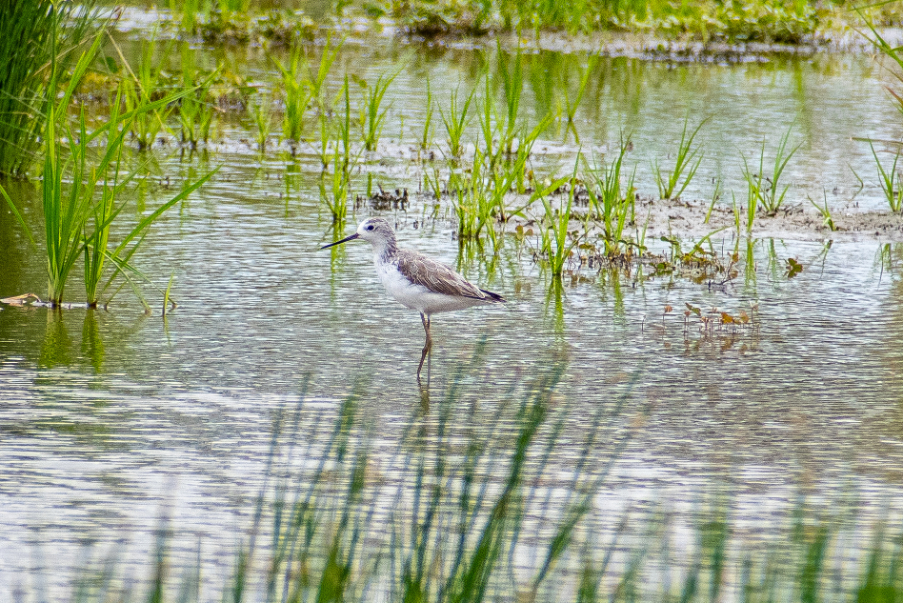
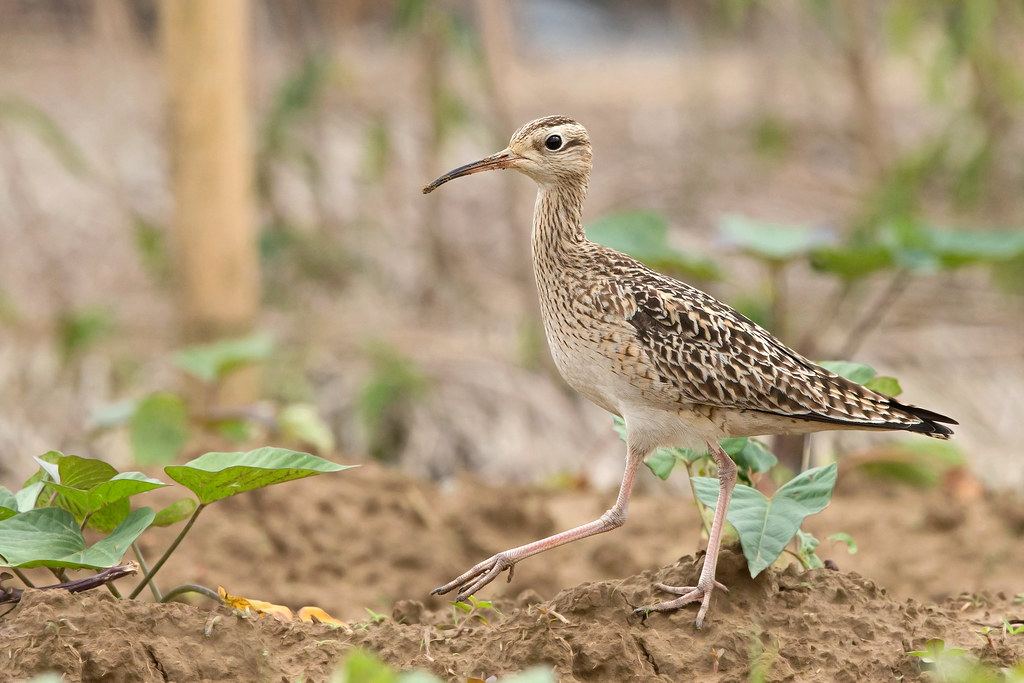
Marsh sandpiper (Tringa stagnatilis) breed in eastern Europe, southern Siberia and northern China. The species then migrates south to non-breeding areas in Africa, southern Asia and Australia. In Australia the marsh sandpiper is found on coastal and inland warrambools. The marsh sandpiper is carnivorous (Figure 4).
Little gurabi (curlew, Numenius minutus) breed in central and northeast Russia. In the non-breeding season, the little curlew flies across to China before heading south to Papua New Guinea or Australia. Little curlew often feed in short, dry grass and sedgelands and rest by pools, riverbeds and channels. Little curlews are omnivorous (Figure 5).

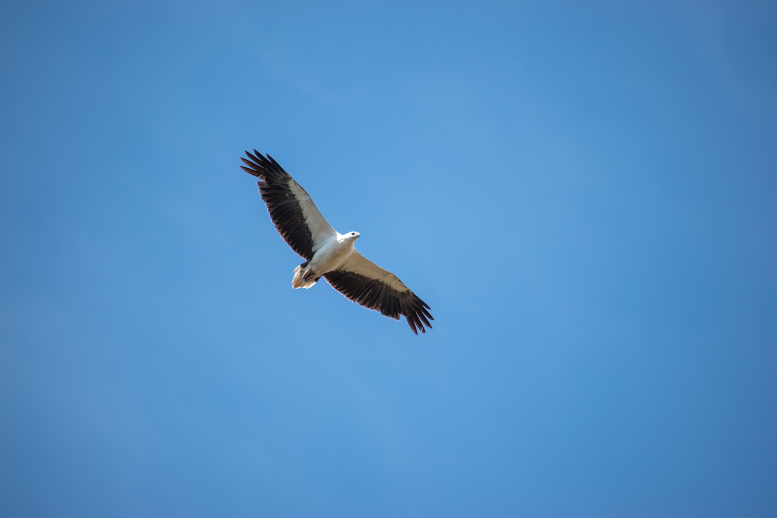
The six threatened birds
Black falcons (Falco subniger) are widely, but sparsely, distributed in NSW and there is assumed to be just a single population. Black falcons prey on birds, small mammals, insects, reptiles and sometimes carrion. When prey is sighted the bird swoops down and grasps it in its talons, killing the prey with a bite to the neck (Figure 6).
Guwinyarri (white-bellied sea eagle; Haliaeetus leucogaster) feed mainly on fish and freshwater turtles, and sometimes waterbirds, reptiles, mammals and carrion. The bird hunts its prey from a perch or while in flight. Prey is usually carried to a feeding platform or consumed in flight (Figure 7).
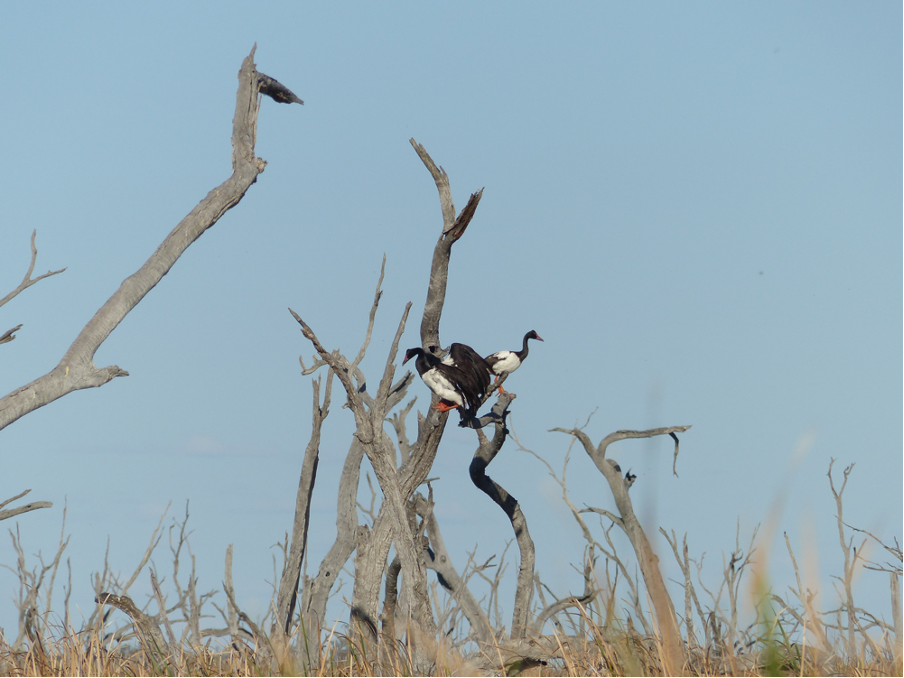
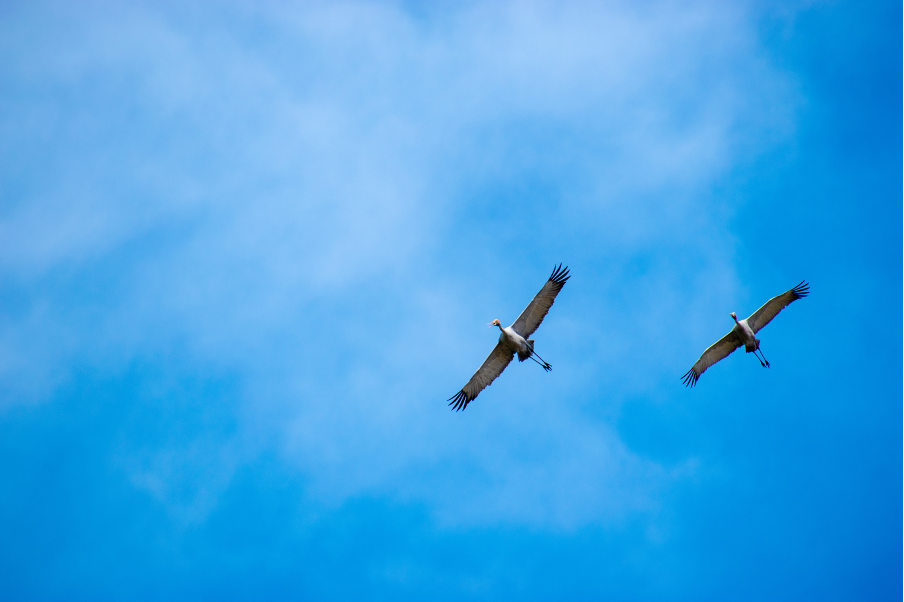
Dhawudjarrdalmu (magpie goose, Anseranas semipalmata) is a large and unusual waterfowl found in Australia and Papua New Guinea. The bird’s unwebbed toes are long, allowing it to perch high in small branches. Its long legs make it the only waterfowl whose legs extend beyond the tail during flight. It is also the only waterfowl whose breeding groups consist of one male and two females (Figure 8).
Burraalga (brolga, Grus rubicunda) are one of Australia’s largest flying birds. They stand 1.3 m tall and have a wingspan of nearly 2.5 m. Brolgas are dependent on warrambools where they will forage with their head entirely submerged. They feed using their heavy straight bill as a crowbar to probe the ground. Brolgas dance whereby a pair or many pairs face each other, crouch down and stretch upwards, trumpet, leap and toss grass and sticks in the air (Figure 9).
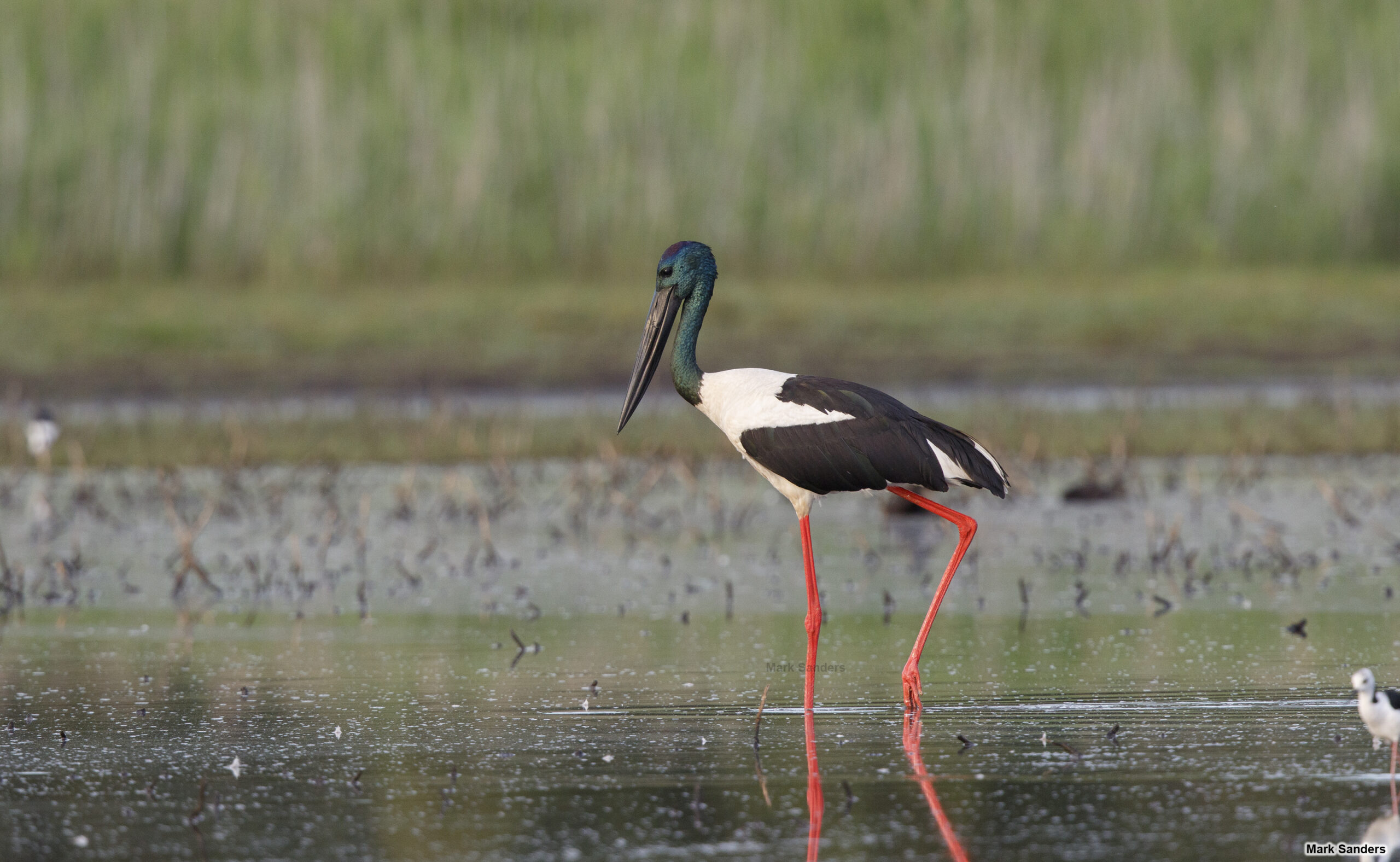
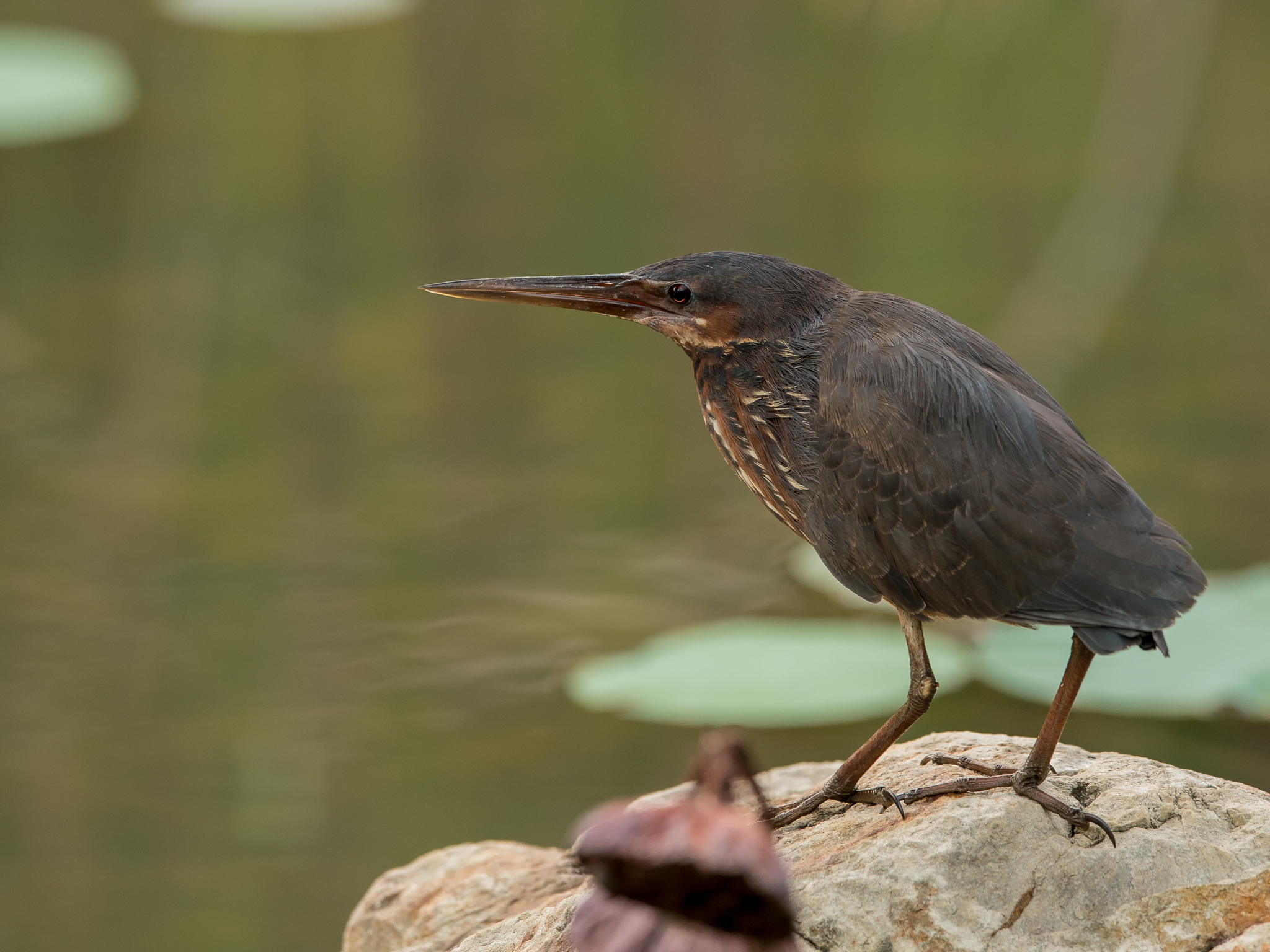
Black-necked stork (Ephippiorhynchus asiaticus) is the only species of stork found in Australia. They stand 1.3 m tall and have a wingspan around 2 m. Black-necked storks forage in water that is 5-30 centimetres deep for vertebrate and invertebrate prey. In NSW, breeding occurs from May to January. Parents share nest duties (Figure 10).
Black bittern (Ixobrychus flavicollis) has a characteristic booming call that is generally heard during the breeding season. Black Bittern usually inhabit areas of wetlands with permanent water and dense vegetation. Black bittern feed on frogs, reptiles, fish and invertebrates. Black bittern roost in trees or among dense reeds and when disturbed they freeze with a stretched tail and their bill pointing up so their shape and streaked pattern blends with the vegetation (Figure 11).
Managing water for the environment is a collective and collaborative effort, working in partnership with communities, private landholders, scientists and government agencies – these contributions are gratefully acknowledged.
We acknowledge the Traditional Owners of the land on which we live, work and play. We also pay our respects to Elders past, present and emerging.


